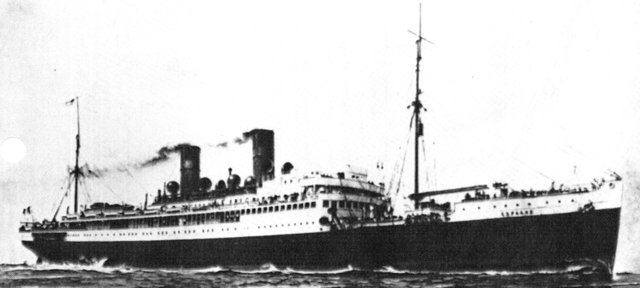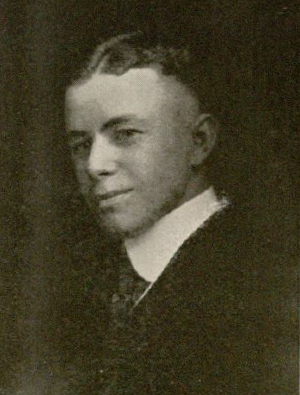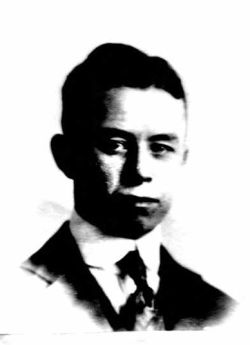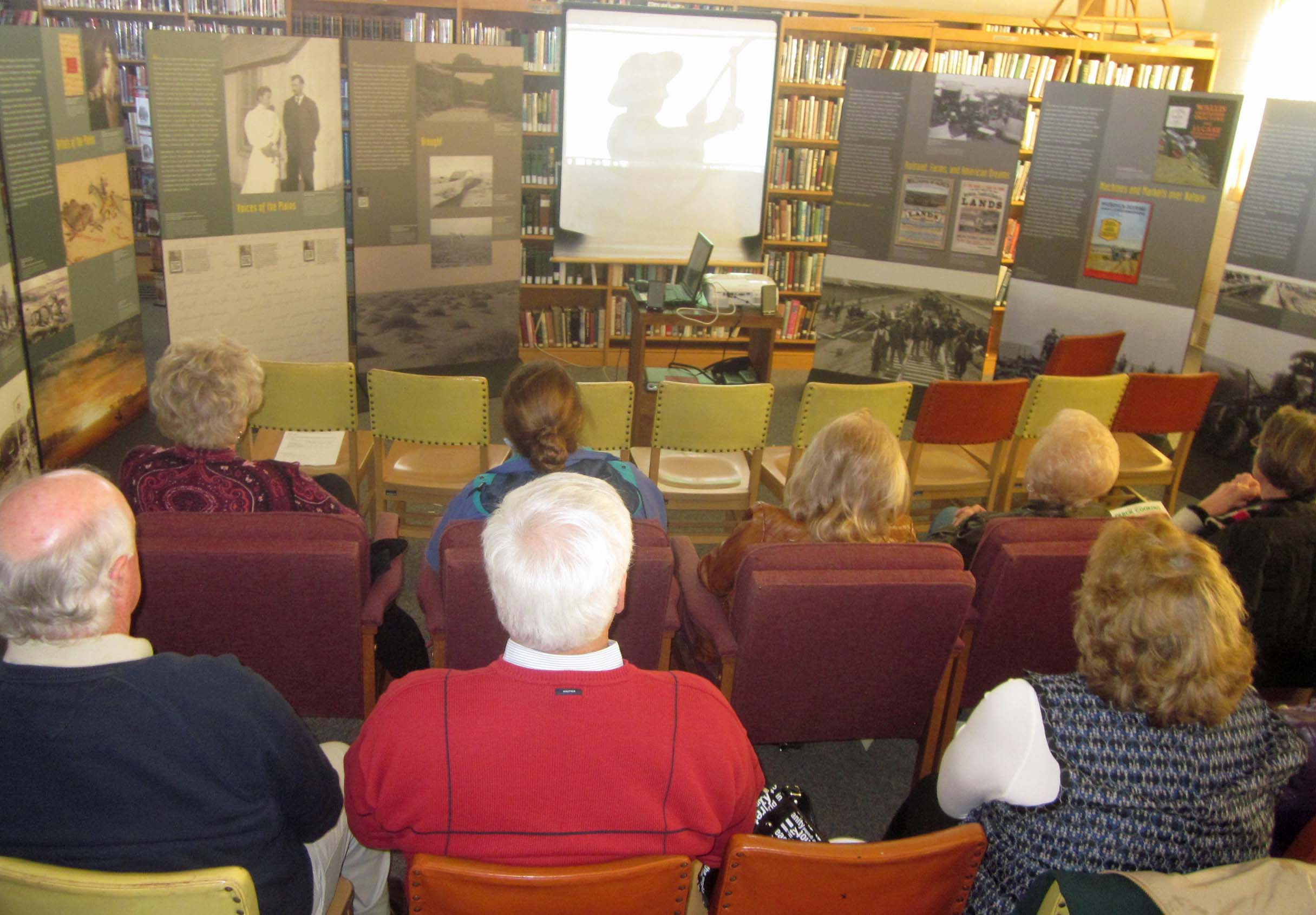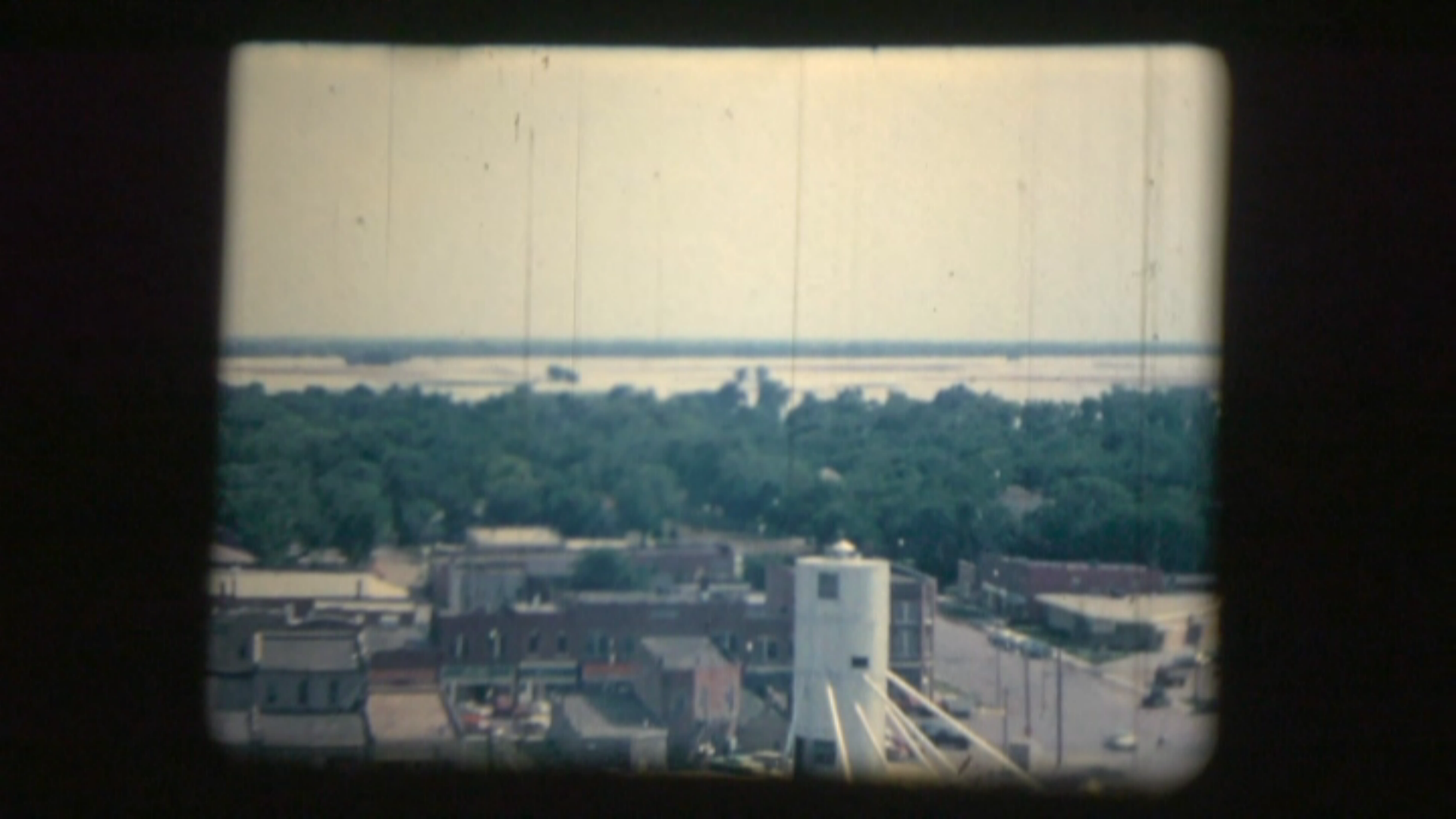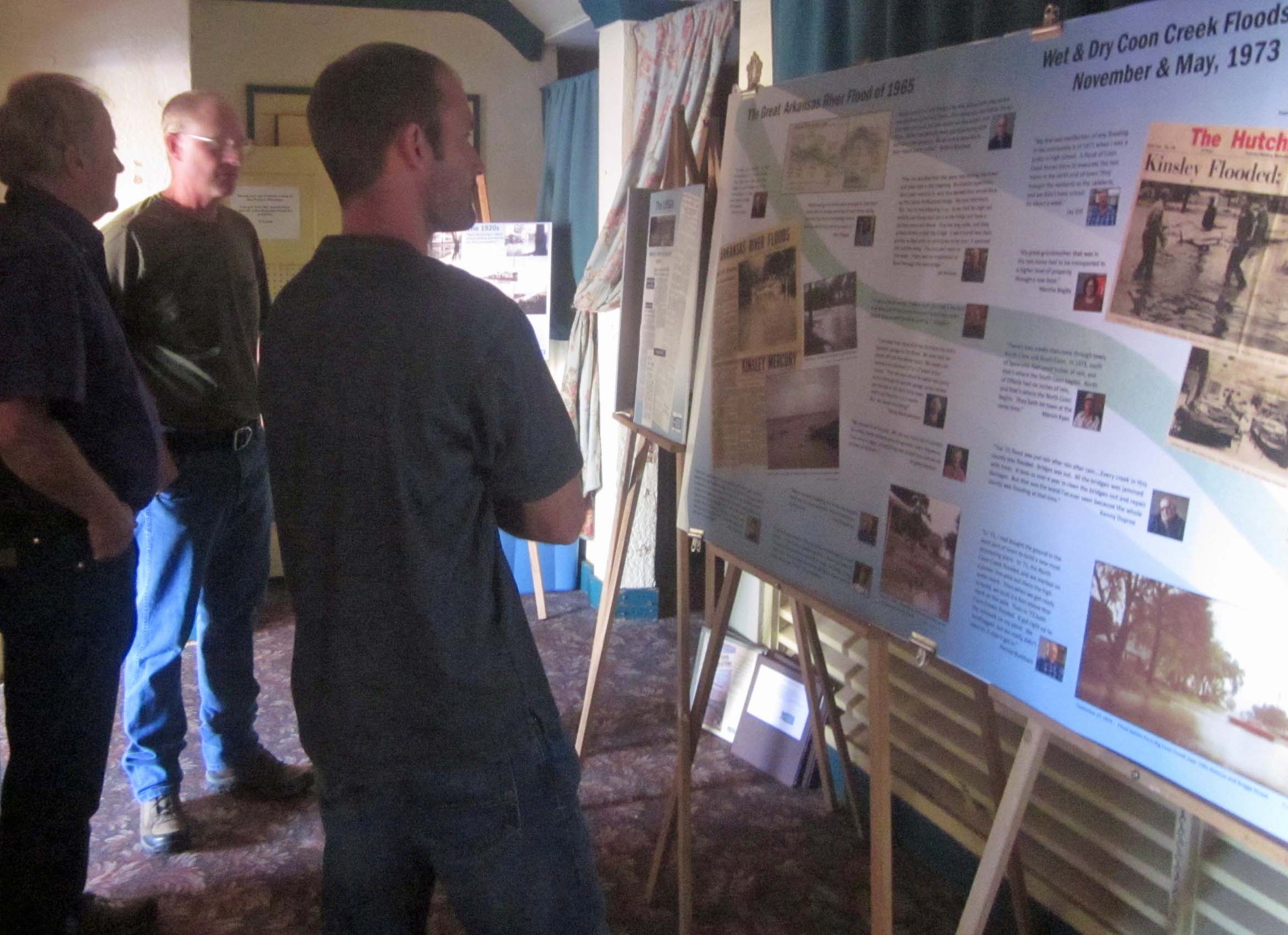100 years ago today, on march 8, 1917, the following letter from Lester Johnson was published in the Kinsley Graphic.
“We left New York at 6:30 p.m. Sunday night, February 4, just a week ago today. They were a little slow in coaling the steamer, so had to wait over those three hours. As the Rochambeau pulled in its anchor two tugs started us out of the harbor. Soon she got under way and as we passed the end of the pier, several hundred people waved us a farewell. The whistles blew and bells rang forth their good wishes as we passed on up the harbor.
“Standing on the deck with Deke, my room-mate, we watched New York pass out of sight. The most wonderful sight I ever beheld was when we passed the Goddess of Liberty. There she stood with her arm upraised, bidding us God-speed on our journey to France. If you remember, the statue was a present from France many years ago.
“After watching the lights for several hours, we descended to our stateroom and started in on our first sleep aboard ship. The ship kept within the three-mile limit for some distance northward and then toward morning made a dash for the open sea.
“When I arose next morning, bright and early, the sea was quite rough – ‘le mer est grosse,’ as they say it in French. I felt fine and had breakfast, lunch, and dinner, but did not get to finish it, as something told me I had better leave, and I did so just in time. Went to bed and had breakfast in bed next morning, got up, and have felt fine ever since. I consider myself some sailor.
“There are 94 passengers on board – 54 first-class and 40 steerage. The 54 first-class are composed of some very nice people, mostly French. There are 14 American Red Cross men, a very good bunch, all college men. The ‘eats’ on board are very good. It is strictly French and is served in courses, about eight to each meal. Cheese is their favorite dish. We generally have our breakfast in our stateroom, then have lunch in the diner at 12, and dinner at 7 in the evening.
“We have had a pretty good sea so far – some days somewhat rough, but as a rule one could walk on deck every day. The other night we gave a concert, as you will see from the program enclosed. It was for the benefit of the Red Cross. I sang a solo and played the piano, which is a grand and hasn’t been turned since the war begun.
“Saturday night the lights were put out for fear of being detected by a German submarine. I being in an outside stateroom, have had to go to bed ever since then without a light. All the portholes and windows have heavy iron doors, or rather blinds. Last night I went out on deck about 10:30 and standing on the bow one could not see a light anywhere on the ship. We are sailing without stern- or bow-lights. It looked rather grewsome, as all the lifeboats were hanging down alongside the ship, ready for us to step into at any moment. I am glad to see that, as a ship can sink in a few minutes and minutes count at such times.
“For two days now we have been in the German submarine zone and have not seen a ‘sub’ yet, but we are all prepared. The other day we had a deck drill, which consisted of putting on our life-preserves and making tracks for the lifeboats. Mine is lucky 7.
“Tonight, February 12, is about our worst night. We are entering the Bay of Biscay, off the coast of Spain. We are supposed to have four men-of-war to convey us into Bordeaux, but they have not appeared yet. All the passengers have been notified to sleep with their clothes on. Most of us will stay up all night to watch. The Captain ordered us to bring our valuable papers and come up in the salon and stay prepared. I am slated to play the piano to keep people awake. Everyone is lounging around on deck or in the salon getting mighty sleepy. The sea is so rough that our only danger is from a floating mine. The moon has risen and it is quite comfortable on the starboard side where the wind does not reach us.
“February 13 – The sea is still rough, but have only four hours to go before we are out of the danger zone. Have not had a wink of sleep, so am very sleepy. We are nearing the mouth of the river, and feel quite safe in saying we are all O.K.”

